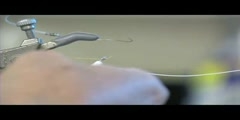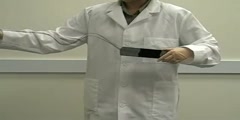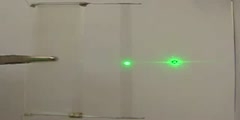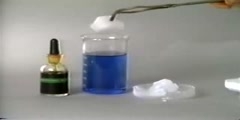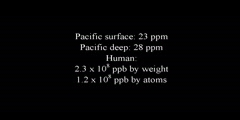Carbon Allotropes
Diamond: Diamond is one of the best known allotropes of carbon, whose hardness and high dispersion of light make it useful for industrial applications and jewelry. Diamond is the hardest known natural mineral, making it an excellent abrasive and also means a diamond holds its polish extremely well and retains luster. Graphite: Graphite (named by Abraham Gottlob Werner in 1789, from the Greek γραφειν: "to draw/write", for its use in pencils) is one of the most common allotropes of carbon. Unlike diamond, graphite is a conductor, and can be used, for instance, as the material in the electrodes of an electrical arc lamp. Graphite holds the distinction of being the most stable form of solid carbon ever discovered. Amorphous carbon: Amorphous carbon is the name used for carbon that does not have any crystalline structure. As with all glassy materials, some short-range order can be observed, but there is no long-range pattern of atomic positions. Fullerenes: The fullerenes are recently-discovered allotropes of carbon named after the scientist and architect Richard Buckminster Fuller, but were discovered in 1985 by a team of scientists from Rice University and the University of Sussex, three of whom were awarded the 1996 Nobel Prize in Chemistry. Lonsdaleite: Lonsdaleite is a hexagonal allotrope of the carbon allotrope diamond, believed to form when meteoric graphite falls to Earth. The great heat and stress of the impact transforms the graphite into diamond, but retains graphite's hexagonal crystal lattice. Chaoite: Chaoite is a mineral believed to have been formed in meteorite impacts. It has been described as slightly harder than graphite with a reflection colour of grey to white. However, the existence of carbyne phases is disputed – see the entry on chaoite for details.
Channels: Chemistry (General)
Tags: Carbon Allotropes
Uploaded by: buraktube ( Send Message ) on 09-11-2010.
Duration: 9m 57s


